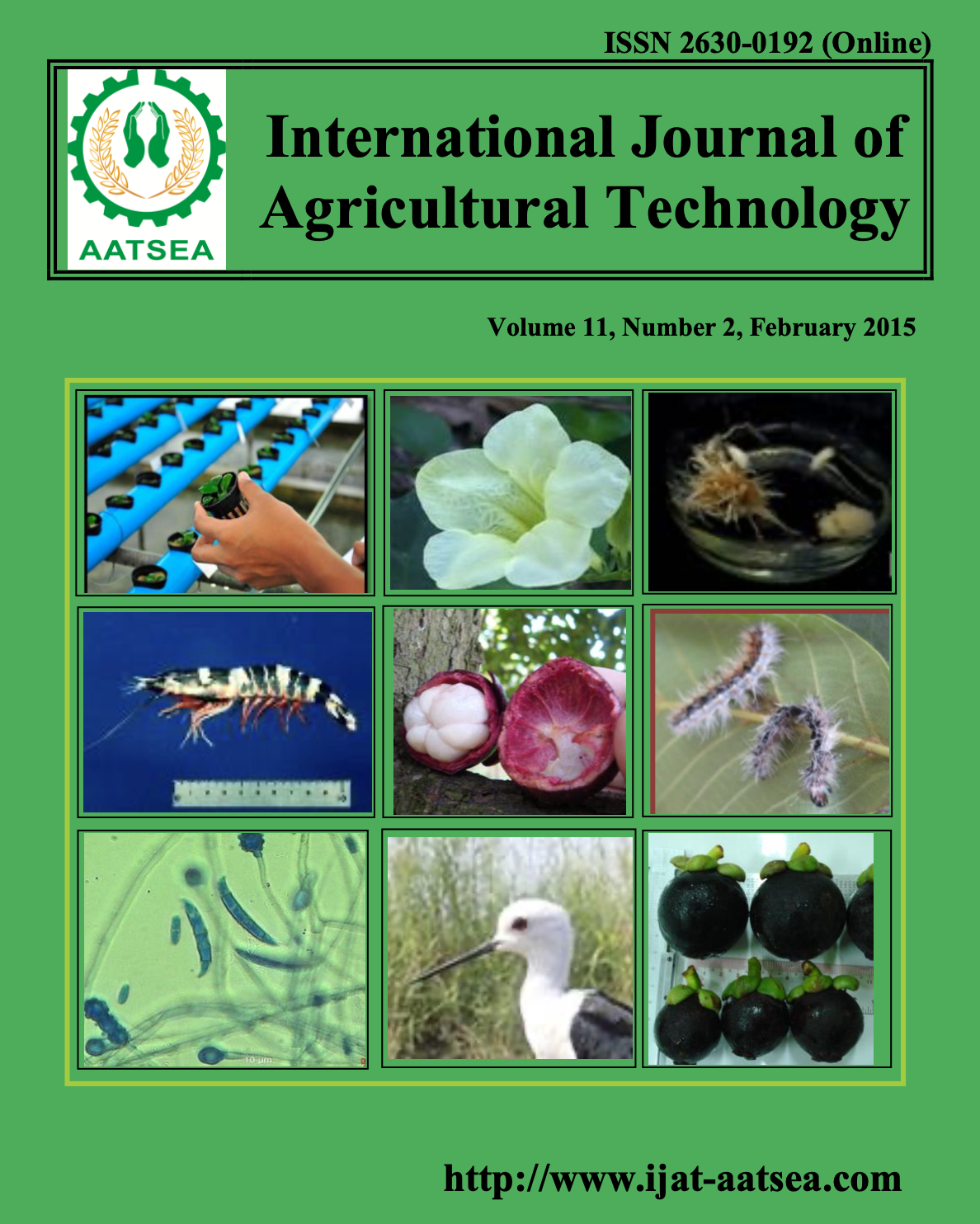Analgesis and antipyretic potential of an ethnobotanical plant, Alstonia scholaris L. in mice
Main Article Content
Abstract
Medicinal plants have been used for treatment of diseases since ancient times In addition, plants are cost effective and less harmful than the synthetically produced drugs. Therefore, there is a need to evaluate the medicinal properties of plants. The study aims to determine the analgesic and anti- pyretic property of the A. scholaris leaves from Brgy. Sta Fe, Imugan, Nueva Vizcaya, Philippines. A. scholaris leaves were extracted by hot water extraction (HWE) technique. A setup of thirty mice was used for the two tests with three treatments each with five replicates. Based on the results of the study, A. scholaris HWE is significantly comparable to the positive control. Hence, A. scholaris HWE has analgesic and antipyretic properties.
Article Details
How to Cite
Ruiz, J. C. V., Gajeton, M. B., Gabriel, R. J. C., Lictawa, M. J. C., Lucas, E. R., & Cruz, K. J. (2015). Analgesis and antipyretic potential of an ethnobotanical plant, Alstonia scholaris L. in mice. International Journal of Agricultural Technology, 11(2), 563–565. retrieved from https://li04.tci-thaijo.org/index.php/IJAT/article/view/6319
Section
Original Study

This work is licensed under a Creative Commons Attribution-NonCommercial-NoDerivatives 4.0 International License.
References
Abe, R. and Ohtani, K. (2012). An ethnobotanical study of medicinal plants andtraditional therapies on Batan Island, the Philippines. Journal of Ethnopharmacology.
Papaya, D. G. (2003). A tantalizing taste of the Tropics Maricopa County Master Gardener Volunteer information, University of Arizona Cooperative Extension.


